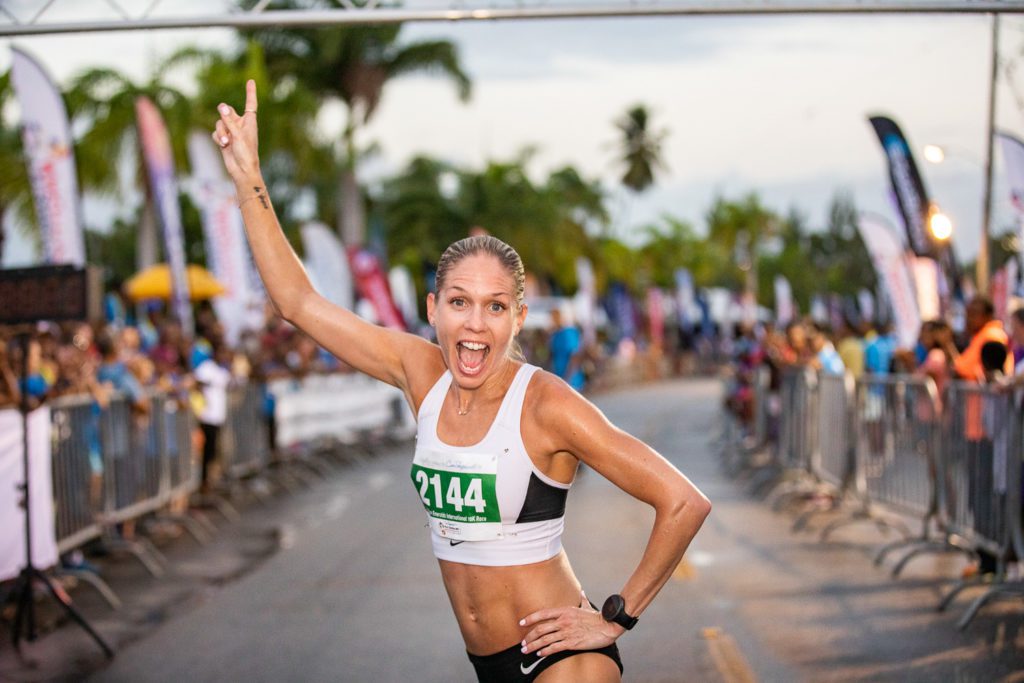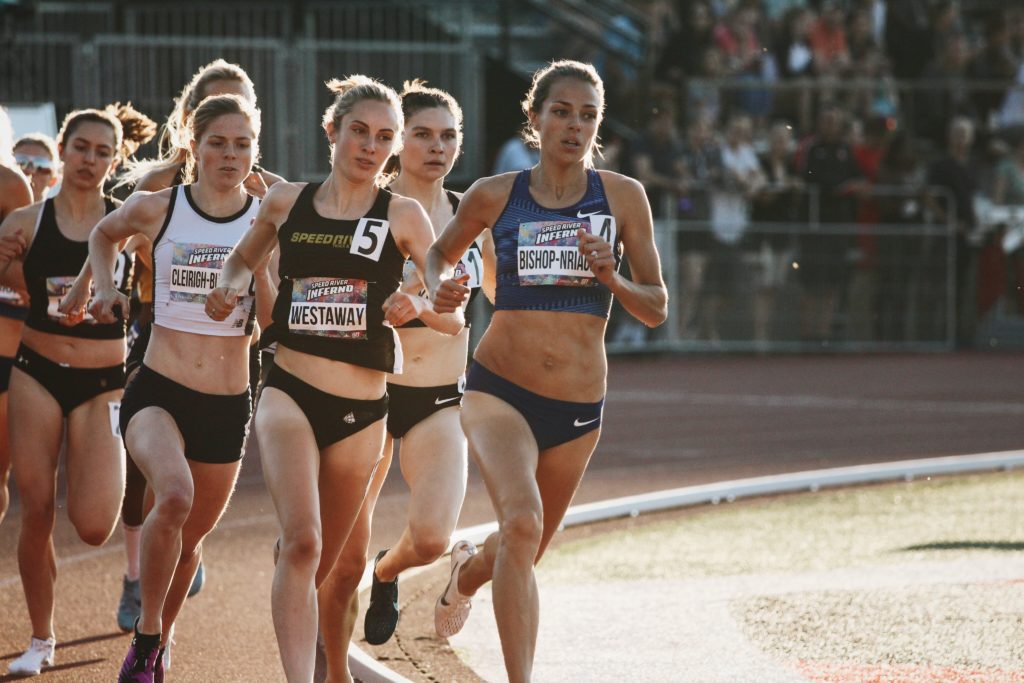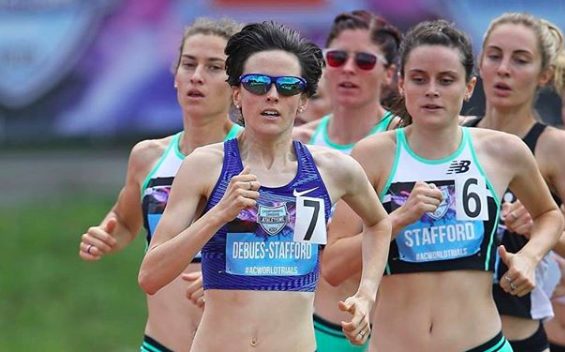How food guilt can lead to a stress fracture
A look at the line between eating healthy and eating restrictively

Runners need to pay attention to their diets. For health and performance, it’s important to consume enough calories and to have those calories come from nutritionally dense foods. However, for some runners, the line between performance-oriented fuelling and restrictive (or disordered) eating is very fine. When whole, healthy foods fuel performance, where is the line between eating healthy and eating restrictively?
https://www.instagram.com/p/CA1WmPLnL6X/
RELATED: Disordered eating: just as serious as an eating disorder
Rachel Hannah is a marathoner and registered dietitian who specializes in periodized nutrition and athletic performance, specifically as they pertain to runners. She says that the main difference between disordered eating and fuelling for performance can be seen through effectively periodizing nutrition. “Periodized nutrition means looking at your eating habits the same way you do your training schedule. This can mean eating more and gaining some weight during the off season, then losing a small amount of weight in the four to six weeks before your goal race or peak competition. You tailor your food intake to meet these needs.”

However, Hannah cautions that the key element of a successful periodized nutrition plan, is for the habits runners keep during their peak season aren’t maintained year round. “You can’t be that restrictive or stay at a low weight all year – that isn’t sustainable or healthy. Runners can safely sit at their race weight for about four weeks. Then, once the competition is over, it’s important to make an effort to relax nutrition practices and gain weight back.”
While periodized nutrition can be effective for an adult runner, there are some folks that Hannah would never suggest it to: “I wouldn’t bring this up with a highschooler or even a young runner in university,” she say. “They’re still growing, and they don’t need to worry about weight. If anything, I’m speaking to those athletes about ensuring they’re eating enough, because their training has usually grown in intensity and volume during that stage of development. Oftentimes they’re low on carbs, so I want to be sure to turn that around.” Hannah says she also wouldn’t recommend periodized nutrition for someone with a history of an eating disorder, regardless of their age.
RELATED: Instagram use linked to orthorexia symptoms

Cognitive dietary restraint
In the quest to become faster, many runners look to their body composition as a starting point. They’ll assess places they could lose weight and adjust their diets accordingly. However, this isn’t a longterm solution and most times doesn’t provide any positive gains at all. “Leaner does not necessarily mean faster. I want runners to remember that. There’s also something called cognitive dietary restraint, which is the practice of feeling bad about eating things, which can have an impact on bone health because of the high stress levels that come with it.”
Food guilt comes from having a list of things that people won’t eat that isn’t based on allergies – it’s an arbitrary list of foods that a runner perceives as unhealthy. After they consume a food on the no-no list, there can be feelings of guilt, which causes stress, which can lower bone density (a key factor in stress fractures).

Signs and symptoms of chronic low energy:
Reduced training capacity (without a change in training volume)
Consistent of injury or illness
Delayed recovery time (days of muscle soreness)
Change in mood (a sign of overtraining)
Reduced bone density
A missed period
Running is a sport with a high risk of eating disorders and chronic low energy (not consuming enough calories to meet your daily energy requirements). Hannah outlines the common signs and symptoms so that runners can be on the watch – because leaner doesn’t mean faster, and injured certainly doesn’t mean faster either. It’s always better for longterm development to err on the side of healthy over lean, and to focus on forging a good relationship with food.


